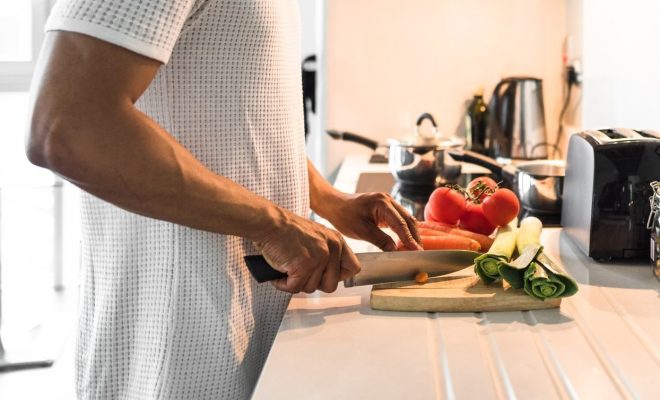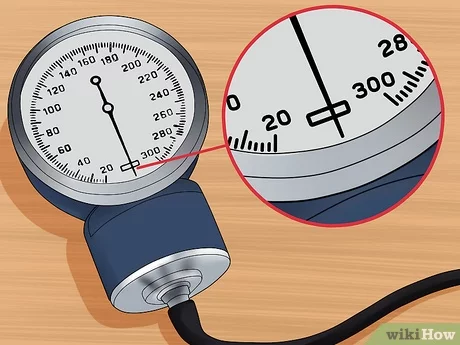How to Set Up a Baby Crib

Preparing for the arrival of a new baby can seem both exciting and daunting. One of the most important tasks is setting up a safe and comfortable space for your little one. A baby crib is an essential piece of furniture that ensures your baby has a secure place to sleep. In this article, we will guide you through the process of setting up a baby crib in simple, easy-to-follow steps.
1. Choose the right crib: Before setting up the crib, make sure it meets all safety standards and requirements. Look for a crib with sturdy construction, fixed sides, and slats no wider than 2 3/8 inches apart to prevent your baby’s head from getting stuck. Ensure the crib meets the government’s current safety recommendations.
2. Pick the location: Find a suitable place in the nursery or your bedroom to set up the crib. It should be away from windows, direct sunlight, or drafts to avoid temperature fluctuations and potential safety hazards like cords from blinds.
3. Unbox and read instructions: Unpack all parts and hardware from the box and carefully read through the manufacturer’s assembly instructions. Take note of any specific tools (e.g., screwdriver or wrench) that may be required for assembly.
4. Assemble the frame: Follow the detailed instructions provided by the manufacturer to assemble the frame of your crib. Use proper tools and ensure that all nuts, bolts, and screws are tightened securely to prevent wobbling or collapse.
5. Install hardware for mattress support: Install metal brackets or wooden slats that will support the mattress, according to what has been outlined in your instruction manual. Ensure they are secure and level before continuing.
6. Insert and secure mattress: Place a high-quality crib mattress into the frame with proper dimensions to fit snugly within its boundaries – there should be no more than two finger widths of space between the edge of the mattress and the crib side. If the mattress is adjustable, set the height at its highest setting for a newborn and lower it as your baby grows.
7. Attach crib sides and fixings: Fix the (non-drop) sides of the crib by following manufacturer instructions. Check for sturdiness and ensure that there is no gap between the crib frame and sides.
8. Dress your crib: Once assembly is complete, use a fitted sheet to cover the mattress. Avoid using loose bedding, pillows, bumpers, or stuffed animals in the crib to reduce potential hazards for your baby.
9. Regularly check for safety: Remember to periodically inspect your baby’s crib for any loose parts or wear-and-tear that could potentially compromise safety. Clean and maintain it according to the manufacturer’s recommendations, and stay updated on any recalls.
Following these steps will help ensure that you have successfully set up a safe sleeping environment for your baby. Now you can enjoy peace of mind knowing that your little one will be resting safely in their new crib!






